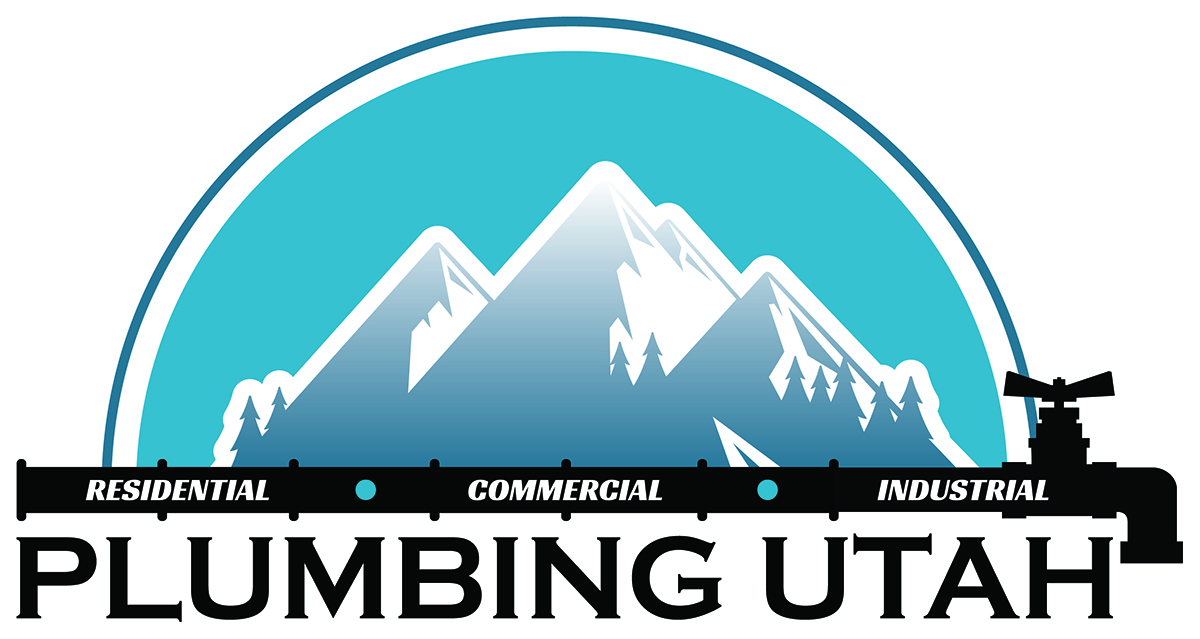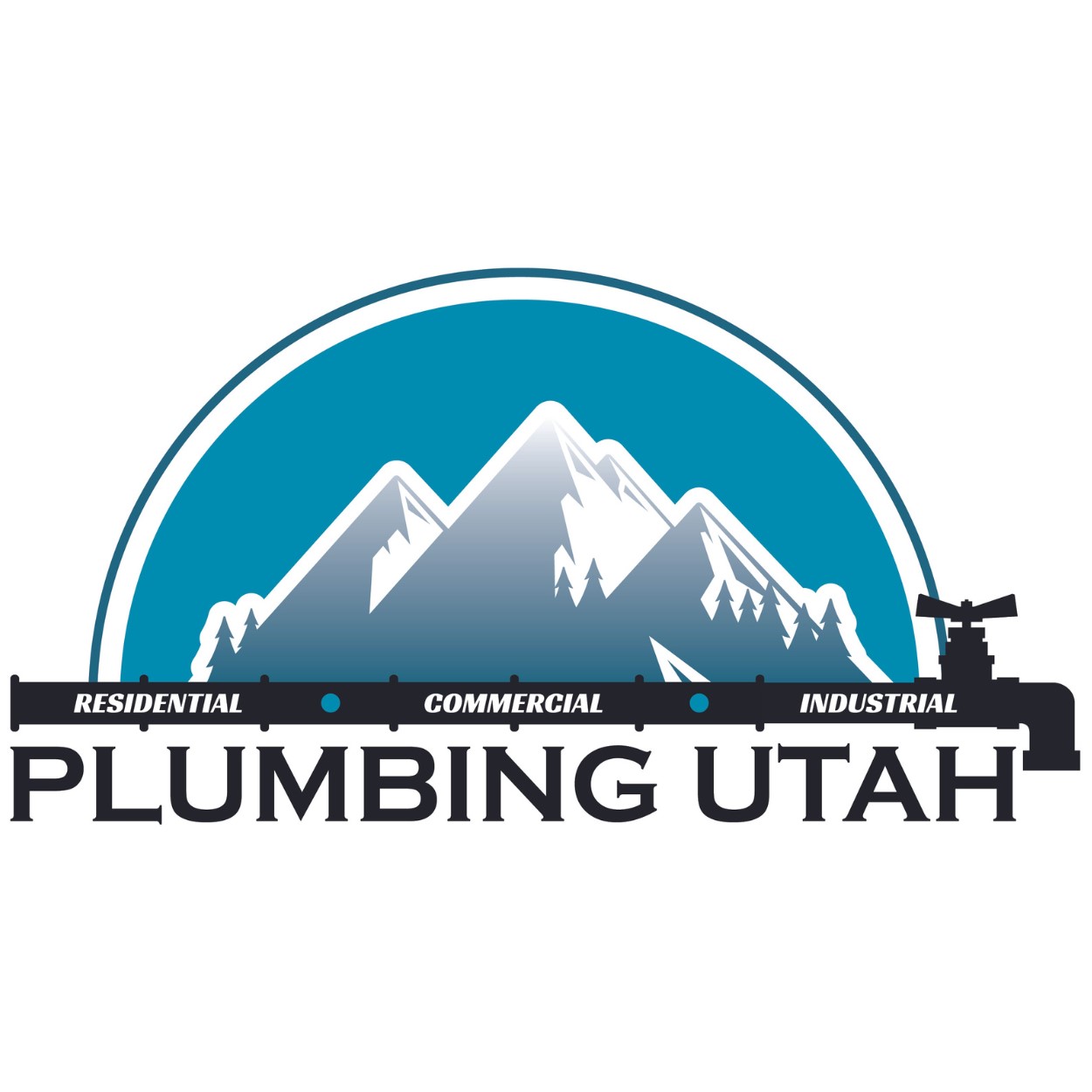[vc_row][vc_column][vc_single_image image=”34254″ img_size=”full” alignment=”center”][/vc_column][/vc_row][vc_row][vc_column][vc_column_text]Nobody likes a clogged toilet. It’s one of the worst things that can happen in your home. Not only is it inconvenient, but it can also be embarrassing – not to mention smelly! If your toilet is backed up and you don’t know how to fix it, don’t worry – we’re here to help. This blog post will discuss the different types of toilet clogs and how to fix them.
First, it’s important to understand what type of clog you have. If the water in your toilet is rising and not draining completely, you likely have a solid clog (like a toy or other object). This type of clog can be cleared using a plunger. Start by inserting the plunger into the bowl and pushing it down, then pulling it up as many as ten times. If that doesn’t work, chemical-based drain cleaners are also available at most hardware stores.
Common Types Of Clogs
Clogged toilets are one of homeowners’ most common, unpleasant plumbing problems. Several types of clogs can occur, and each requires a unique approach to fixing them.
One type of clog is caused by too much toilet paper in the bowl. This is probably the most common clog, but it’s also the easiest to fix. The best way to handle this type of clog is to use a plunger and gently force the water and toilet paper out of the bowl. If plunging doesn’t work, you may need to try an enzyme-based cleaner or hire a plumber for help.
Another type of clog happens when solid objects become stuck in the toilet. This can be anything from toys and jewelry to cotton swabs and wipes that weren’t designed for use in the toilet. If this happens, you should call a plumber to remove the object from your plumbing system as soon as possible.
Soap scum and hard water deposits are other common causes of clogs in toilets. These buildups form slowly over time, making them difficult to detect until it’s too late. The best way to prevent this clog is by regularly cleaning your toilet bowl with a mild acid-based cleaner such as vinegar or lemon juice.
Tree roots also cause clogs in older pipes, particularly those made of clay or terra cotta. This type of clog is usually more challenging to fix and may require the help of a professional plumber.
Worn or damaged parts inside your toilet tank can also cause clogged toilets. If you hear gurgling sounds from your toilet when it flushes, or if it’s not flushing correctly, it may be time to replace some of the components in the tank. Some parts that often need replacing include the ballcock, flush valve, flapper, trip lever, fill valve, and overflow pipe.
No matter what type of clog you’re dealing with, it’s important to act quickly before the problem worsens. By understanding all the different types of clogs and identifying the cause of your specific clog, you can take the necessary steps to fix it and get your toilet back in working order.
If you’re unsure of how to handle a clogged toilet, contact a licensed professional plumber for help. They will be able to identify the cause of the clog and provide the best solution for your particular situation.
If the water in your toilet drains slowly but consistently – like it’s going down an inch every few hours – you may have an obstruction further down the pipes. This type requires more effort to unclog, usually a plumbing snake. You can rent one from a hardware store, or you may be able to borrow one from a friend. Insert the snake into the toilet bowl and push it down until you feel something blocking its progress. Then, twist the head of the snake while pushing it through the blockage. Once it’s through, pull out whatever material is causing the clog and discard it properly.
If all else fails – or you’d instead not tackle the job yourself – consider hiring a professional plumber to help unclog your toilet. They’ll have the expertise and tools necessary to do the job right in no time at all so that you can get back to enjoying your home!
No matter what type of clog you’re dealing with, there are plenty of ways to unclog your toilet. Just be sure to take the appropriate safety precautions, such as gloves and protective eyewear, when handling any chemicals or tools during the process. With a little effort (and some elbow grease!), you’ll be able to clear out your clogged toilet in no time successfully! Good luck!
[/vc_column_text][/vc_column][/vc_row]

